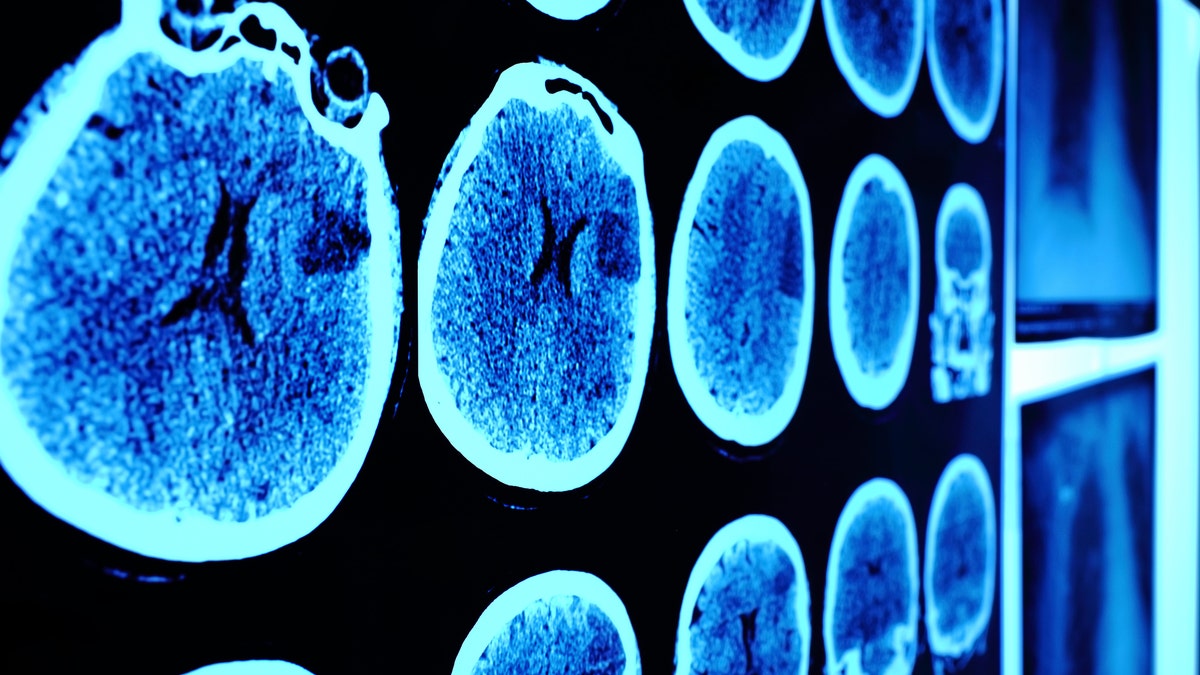
CT scans of skulls. (iStock)
In August, Michele Pagano laughed for the first time in months.
“I was watching a movie, and I just blurted out a laugh,” she says.
That small chuckle was a big deal for Pagano, a 35-year-old property manager who lives in Greenwich, Conn., who couldn’t remember the last time she’d felt happy.
“I covered my mouth and started crying because I was so overwhelmed that I actually had that emotion again,” says Pagano, who has suffered from major depressive disorder (a k a clinical depression) for the past 20 years. For her, it was a sign that transcranial magnetic stimulation, or TMS — a little-known psychiatric treatment she’d turned to after exhausting every other option — was working.
TMS — which was approved by the Food and Drug Administration in 2008 and has been gaining popularity since — works by stimulating the part of your brain that controls joy. “When that’s inactive, it causes depression,” Dr. Tarique Perera, who treats patients with TMS at his Greenwich, Conn.-based office, tells The Post.
“With medication, only 30 percent of patients get better [on the first try], and about 50 to 60 percent of patients don’t get well,” Perera says. “TMS can get around 50 percent of patients well if medication has failed them, and for people who combine medication and TMS, it’s more like 75 percent.”
